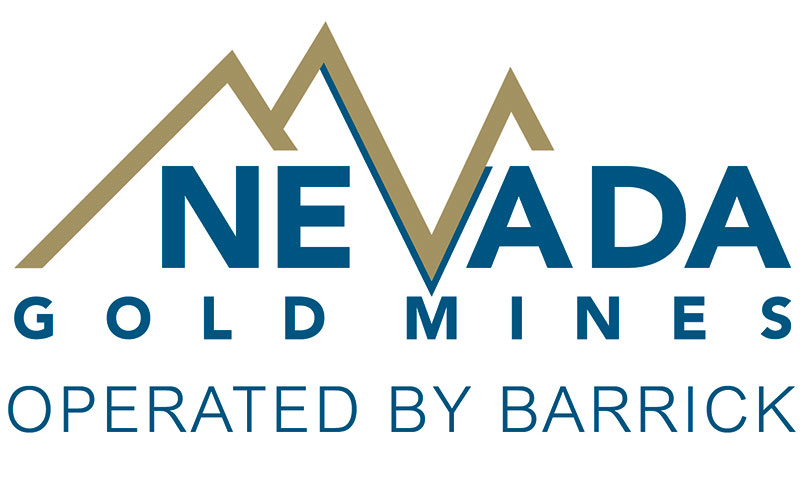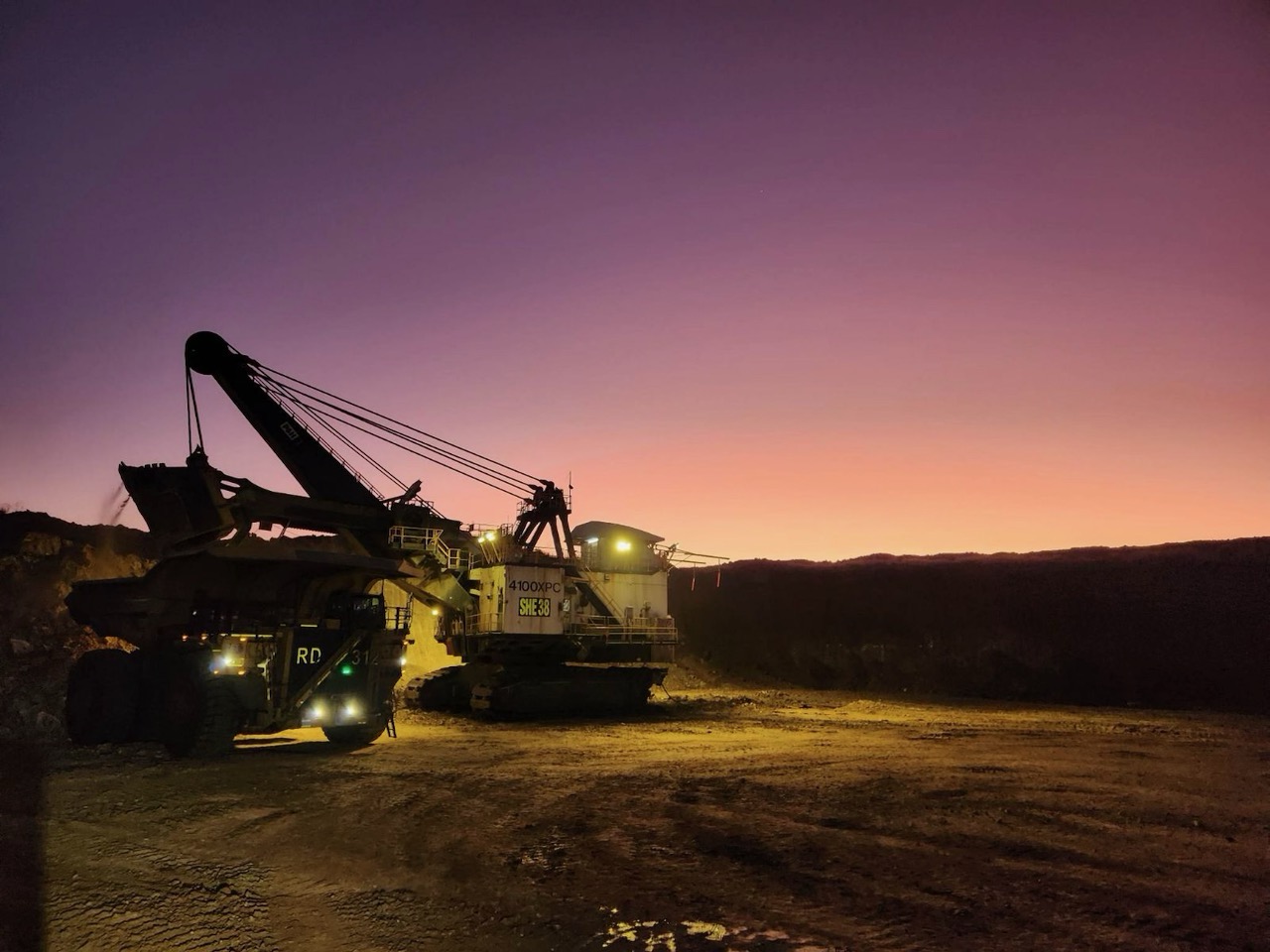Title Page
-
Department
-
Shift
-
Conducted on
-
Prepared by
Duty of Care
-
Act - S9 - PSI conducted & crew advised of any known changes
-
Act - S10 - Employees have signed off on changes to procedures
General Safety
-
4.1 PPE supplies adequate/need to reorder
-
4.1-(5) - Personnel comply to clothing and adornment policies
-
4.7 AOD testing completed
-
4.9 - Hazardous debris requiring removal from the pit
-
4.10 - Damaged or missing signs requiring rectification
-
4.13-(1a) - Trainees present noted & allocated to trainer
-
4.13-(1b), 6.2-6.27, 6.28, 13.4(1-4), 13.5(1-6) - All operator competencies sighted of new operators
-
4.13-(1b), 6.2-6.27, 6.28, 13.4(1-4), 13.5(1-6) - All operator competencies up to date
-
4.13-(1c) Operators trained and assessed on new equipment
-
4.13-(2a-b) - All training documents completed & sent to Training Dept
-
4.16, 4.4(1-3), 13.2-13.3 - All pre4-start checklists(inc. LV) handed to Maintenance
Emergency Preparedness
-
4.26 - ERT members on shift noted
-
4.31-(1b) - Building exits free of obstructions
-
4.2-(c(ii)) - Fuel farm eyewash stations/safety showers functioning
Electricity Safety Part 5
-
5.28-(1c) - Vicinity Permit obtained (working within 10m of powerlines)
-
5.31-(2) - Excavation Permit obtained (excavating outside mining area)
Plant Safety
-
6.2-6.27, 13.4(1-4), 13.5(1-6) - Procedures reviewed/reinforced and available
Hygiene and Sanitation
-
7.13 - Toilet facilities clean, tidy & operational
-
7.17 - Crib room clean & tidy. Drinking water available
Hazardous Substances
-
7.21 - MSDS available for all substances
Explosives
-
8.24 - All active digging areas checked for proximity to loaded blast holes
-
8.43-8.51 - Misfires delineated, blast crew notified, and recorded on shift log
Ventilation
-
9.10-9.17 - Dust suppression & avoidance maximised
Surface Mine Operations
13.5-(1-6) - All active dumps inspected for:
-
-stability/cracking and tip head kept straight
-
-windrow height and thickness
-
-delineation of tipping areas and approaches
-
-effectiveness of lighting
-
-undermining - minimum of two rows of paddock dumps to be left at base of active stockpile
-
-undermining - access to tip head barricaded by windrow
13.6-(1)
-
Are all workers in areas that are sufficiently illuminated, or have portable lighting that will adequately ensure safety?
13.6-(2b)
-
Torches, batteries, helmet lamp supplies adequate?
13.6-(3a) - All active mining areas inspected to ensure:
-
-roadways are adequately delineated & complies with delineation standard
-
-edges of benches, banks & roadways have edge protection complying with delineation standard
-
-edge protection with haulage routes running perpendicular is double windrow or windrows a minimum of 2 metres high
13.7-(3)
-
All areas maintained to allow safe vehicle operation
-
LV roads are graded and 10m running width maintained
-
LV tracks/Laydown - LV and HME park up areas graded and free of trip hazards
-
Crusher backstop is clear of buildup
13.7-(4)
-
All speed restricted areas signposted
13.9-(1)
-
All active faces inspected for overhang, stability and need to scale if on final pit wall or if persons to be working below
13.12-(1a)
-
Authorisation obtained if personnel or equipment required to operate on surge stockpiles (loadout, sizer PP hoppers)
Additional Items
-
MEZ - MEZ Vicinity Permits signed by all operators working adjacent to any section of MEZ
-
PTHA - Current JHA's pr Risk Assessments that work is being conducted under
-
Land Clearing - Current Land Clearing Permits that work is being conducted under
-
Ramp Inspection - Do active pit ramps have visible markers at crest and toe
-
Operator Behaviors - Has the cresting/cornering beacon report been reviewed and non-conforming behaviours addressed










